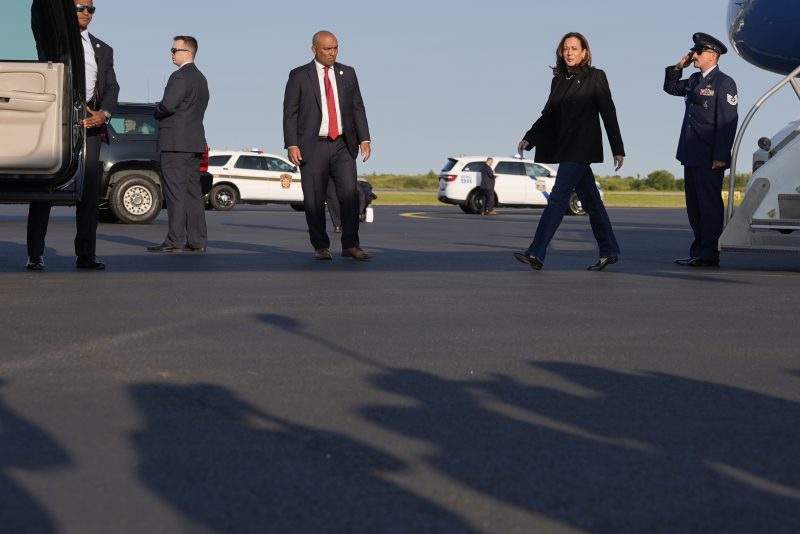In the upcoming debate between Donald Trump and Kamala Harris, gender dynamics are expected to play a significant role in shaping the discourse. Both candidates bring diverse backgrounds and experiences to the stage, which can influence how they are perceived by the audience and how they interact with each other during the debate. Understanding the potential impact of gender dynamics on this debate is crucial for analyzing the strategies, messaging, and overall outcome of this high-stakes event.
Firstly, it is essential to recognize the historical context surrounding gender in politics. Despite advancements in gender equality, women continue to face unique challenges when seeking leadership positions. Kamala Harris, being the first female Vice President in American history, symbolizes a significant achievement for gender representation. On the other hand, Donald Trump’s controversial statements and behaviors towards women have sparked debates about his attitudes towards gender issues. These contrasting backgrounds will likely be reflected in the candidates’ communication styles and policy approaches during the debate.
Moreover, gender stereotypes and expectations may shape the way the audience perceives and evaluates the candidates’ performance. Research has shown that women in leadership positions face higher scrutiny and are often judged more harshly than their male counterparts. Kamala Harris may encounter challenges related to likeability, credibility, and assertiveness during the debate. Conversely, Donald Trump’s communication style, which is characterized by assertiveness and dominance, may resonate differently depending on the viewer’s gender perspective.
Another aspect to consider is how the candidates themselves strategically navigate gender dynamics in their debate preparations and messaging. Kamala Harris may leverage her experience as a woman in politics to connect with female voters, emphasize issues affecting women and families, and challenge traditional gender norms. In contrast, Donald Trump may seek to showcase his leadership qualities, strength, and policy achievements to appeal to his base and project an image of authority.
Furthermore, the interaction between Trump and Harris on stage will be closely watched for signs of gender dynamics at play. Non-verbal cues, such as body language, facial expressions, and tone of voice, can convey subtle messages about power dynamics, respect, and confidence. It is essential to observe how each candidate engages with the other and responds to criticisms or interruptions, as these interactions can reveal underlying attitudes towards gender equality and respect.
In conclusion, the Trump-Harris debate presents a unique opportunity to examine how gender dynamics influence political discourse and decision-making. By analyzing the candidates’ backgrounds, the audience’s perceptions, and the candidates’ strategic approaches, we can gain insights into the complex interplay of gender in leadership and public communication. Ultimately, recognizing and addressing gender dynamics in political debates is essential for promoting inclusivity, diversity, and equality in our democratic processes.
